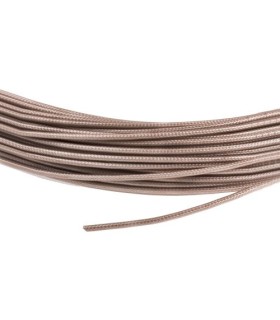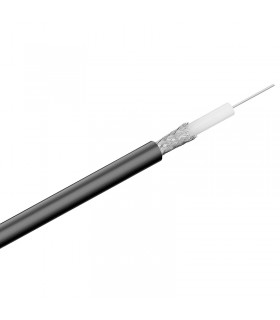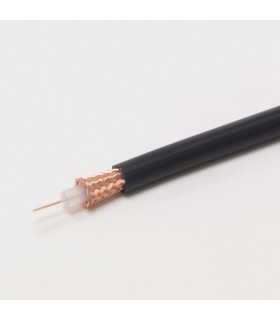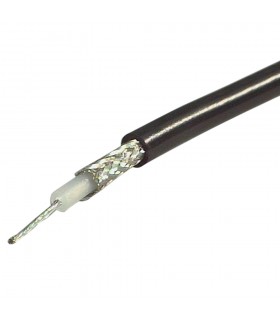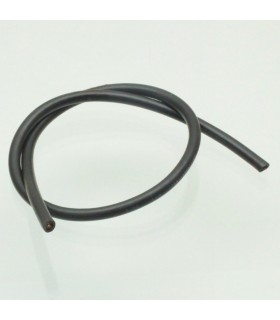Coaxial cables
Sale of wholesale coaxial cables
For over twenty years Errebishop has been manufacturing cables and accessories for wiring, dealing with the wholesale sale of coaxial cables, sockets, plugs and many other specific items. All products are manufactured in compliance with safety regulations and standards and the material used is carefully selected from reliable suppliers among the most important and established on the world market. The two specialized factories allow a great production safety able to satisfy the orders and requests of all customers and to offer highly competitive prices. Furthermore, the company can count on a trained and professional staff that accurately follows all the phases of product creation and subsequent marketing. The sale of wholesale coaxial cables, accompanied by tools and accessories for wiring is also available online on our website, where you can buy all the material you need in just a few steps. Furthermore, to facilitate your shopping experience, for all doubts and curiosities about the items on sale, in addition to the product data sheets, our real-time assistance service is available: a chat with one of our operators that will allow you to get answers. exhaustive to all your questions and complete all online purchases correctly.
What are coaxial cables
When we talk about coaxial cables we are referring to particular cables that have the function of transmitting signals (the most common signals are audio and video) ensuring that these, along the entire path, do not suffer distortions or in any case suffer only a minimal part of it. in such a way that they are conveyed as clear and clean as possible. Coaxial cables are unbalanced cables and are formed by several elements: a conductor also called core (which is made of copper and has the purpose of carrying the signal), by a dielectric that insulates the conductor, by another layer formed by metal wires arranged in a mesh that forms a sort of interference shield and a last protective layer, formed by a plastic sheath. As already mentioned, coaxial cables must avoid external disturbances as much as possible that could compromise the sharpness of the signals, therefore some of them also consist of a tube (often in copper or aluminum) placed just before the outer sheath.
How coaxial cables work
To understand how coaxial cables work it is necessary to understand how the signals travel within them and how they propagate through them. The types of coaxial cables are varied and differ in frequency and signal strength and impedance, which is the opposition of the circuit in the passage of the signal: this value that starts from 50 ohms and even goes beyond 100 ohms. Each end of a coaxial cable has connectors, which make it possible to connect the cables themselves to appliances and appliances, in this way the signals can propagate and be processed to translate into sounds or images. The connectors, in turn, change depending on the cable and the intended use. Among the most common connectors we find those of type F or type RCA, but there are many others on the market, ideal for more specific needs.
Areas of use for coaxial cables
Coaxial cables are among the most popular components, which is why the areas of use in which we find them are very numerous. One of these is certainly the home environment: almost everyone in the house has television or audio systems that could not work without these types of cables.
Their use also extends to accommodation, health, recreational and school buildings and any other reality equipped with televisions, radios or security cameras. But how to be sure to choose and use a coaxial cable correctly? To be sure that the coaxial cable you are about to buy is a quality product and suitable for your needs, it is good to consider all the characteristics we have already talked about previously, but one in particular could facilitate the choice: that is the loss of signal. . The loss of signal, albeit minimally, is a circumstance that occurs with coaxial cables, however a good cable should not exceed the value of 3 db. It may also be important to consider the impedance, which should be similar to that of the antenna and which can still be reduced, preserving the signal, using cables that are not too long and avoiding bends along the walls or skirting boards.


